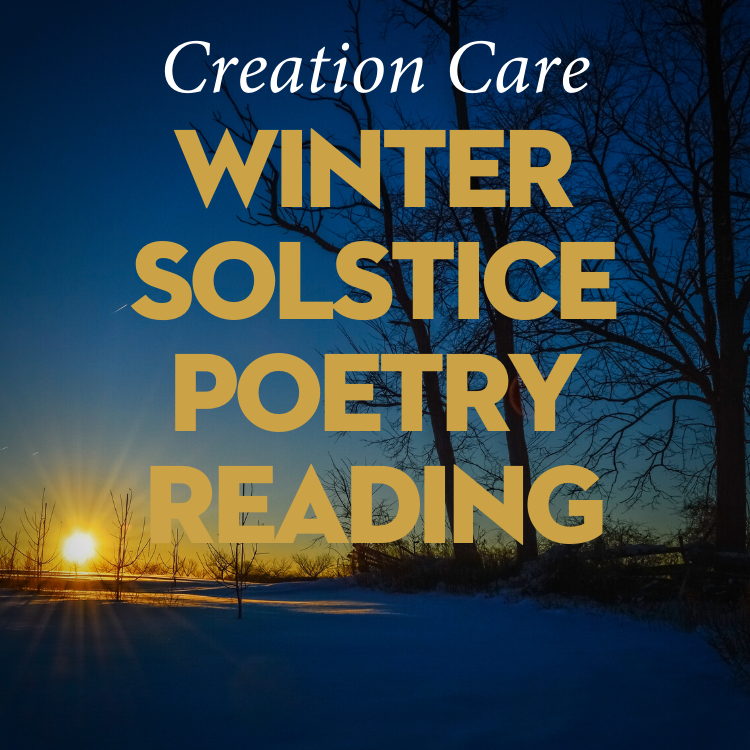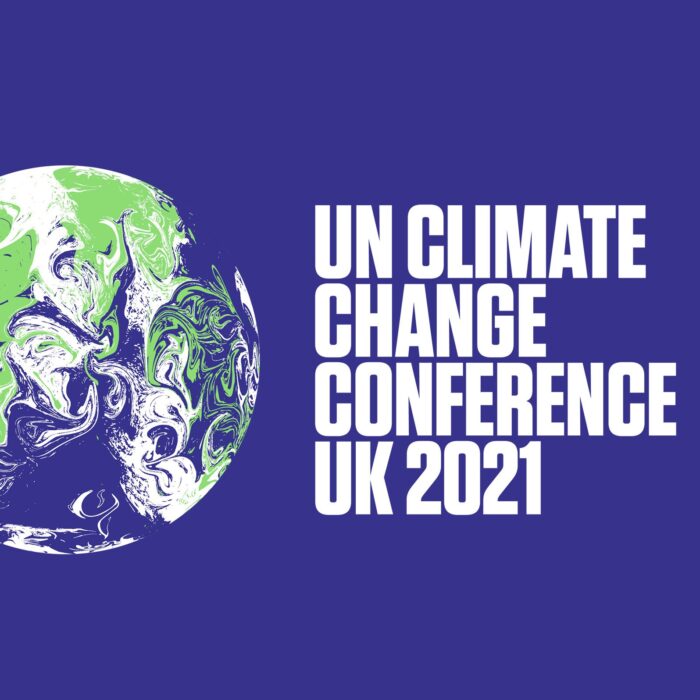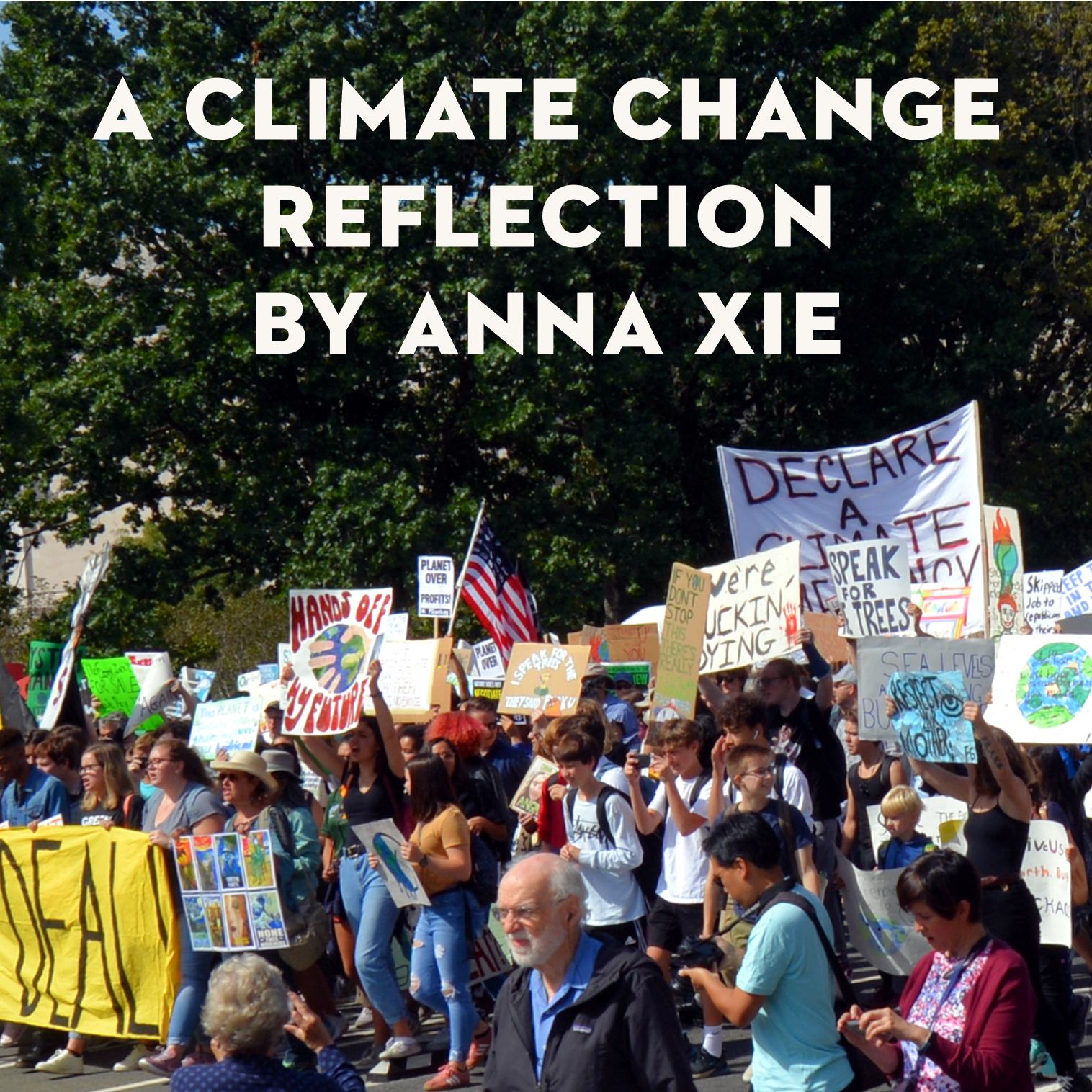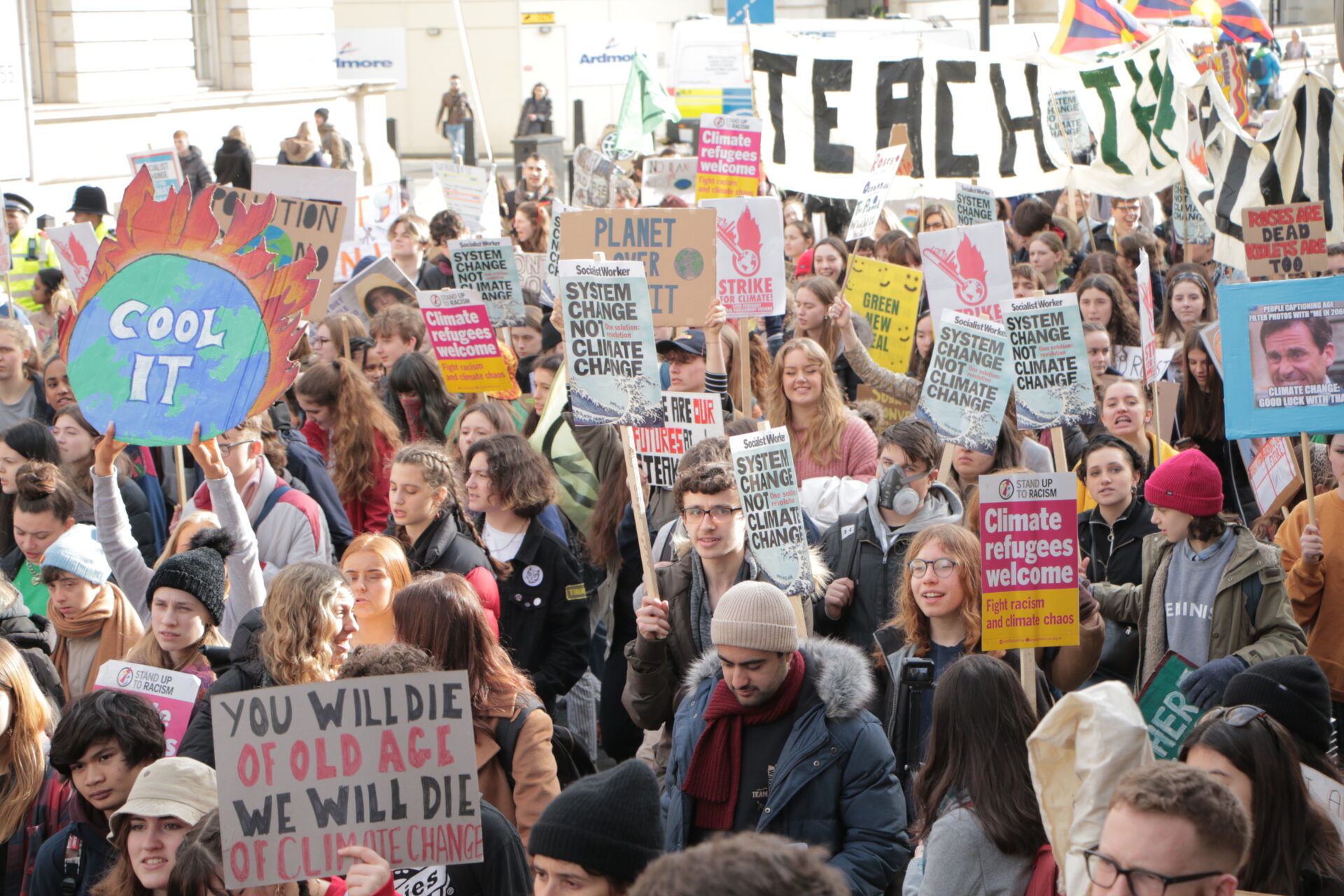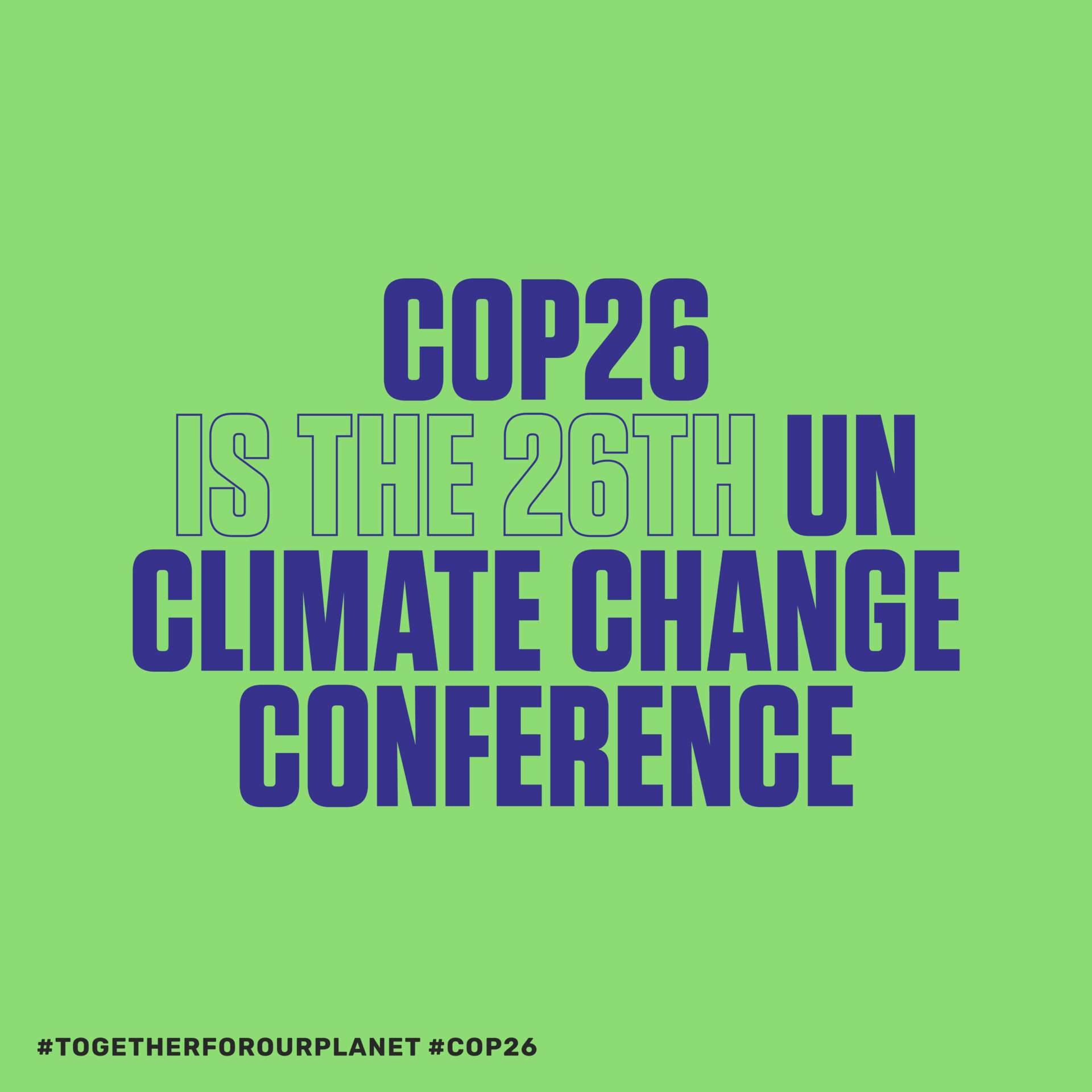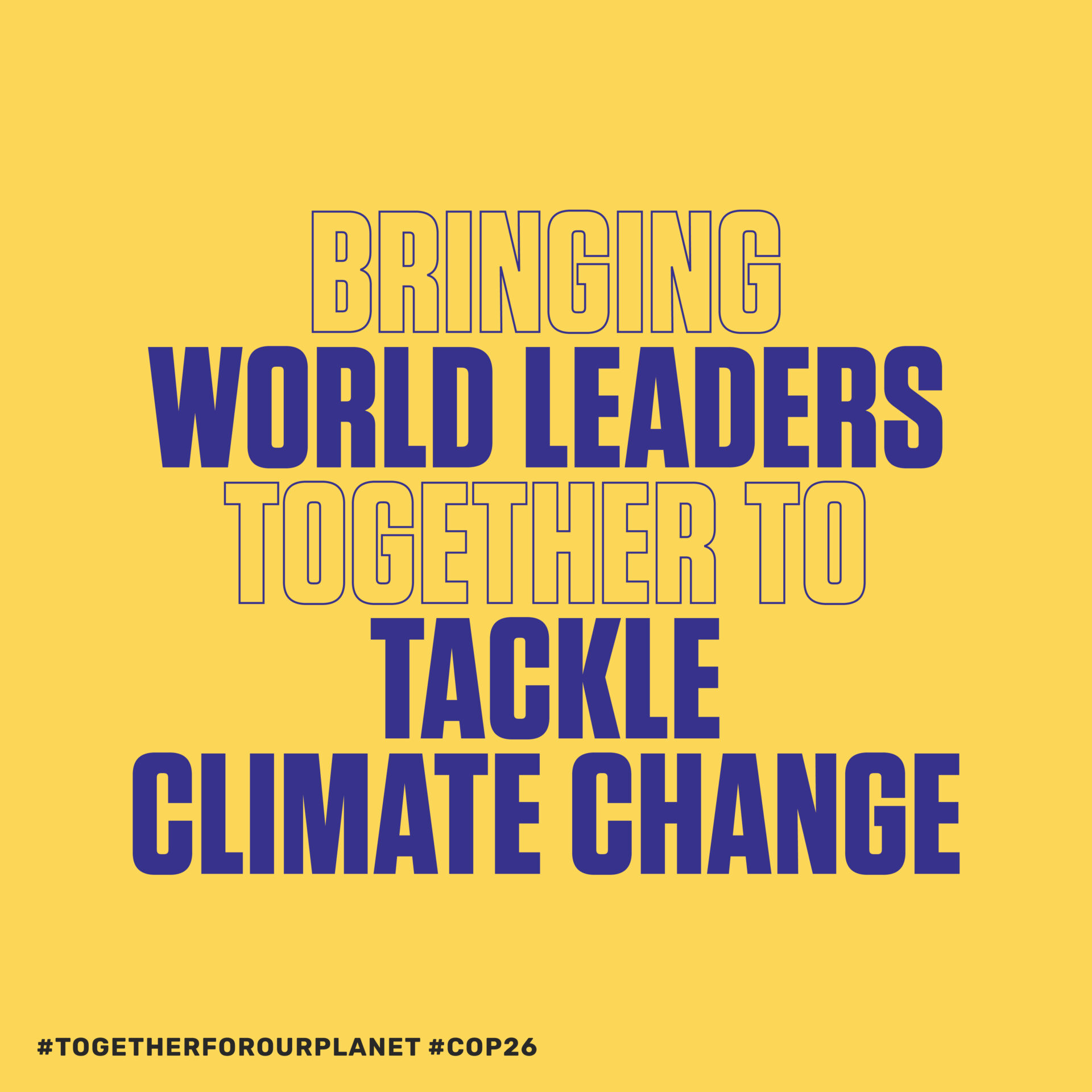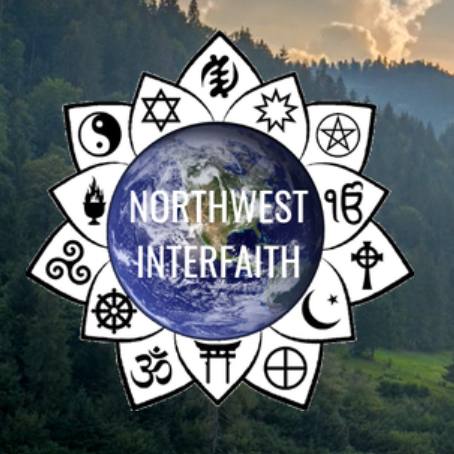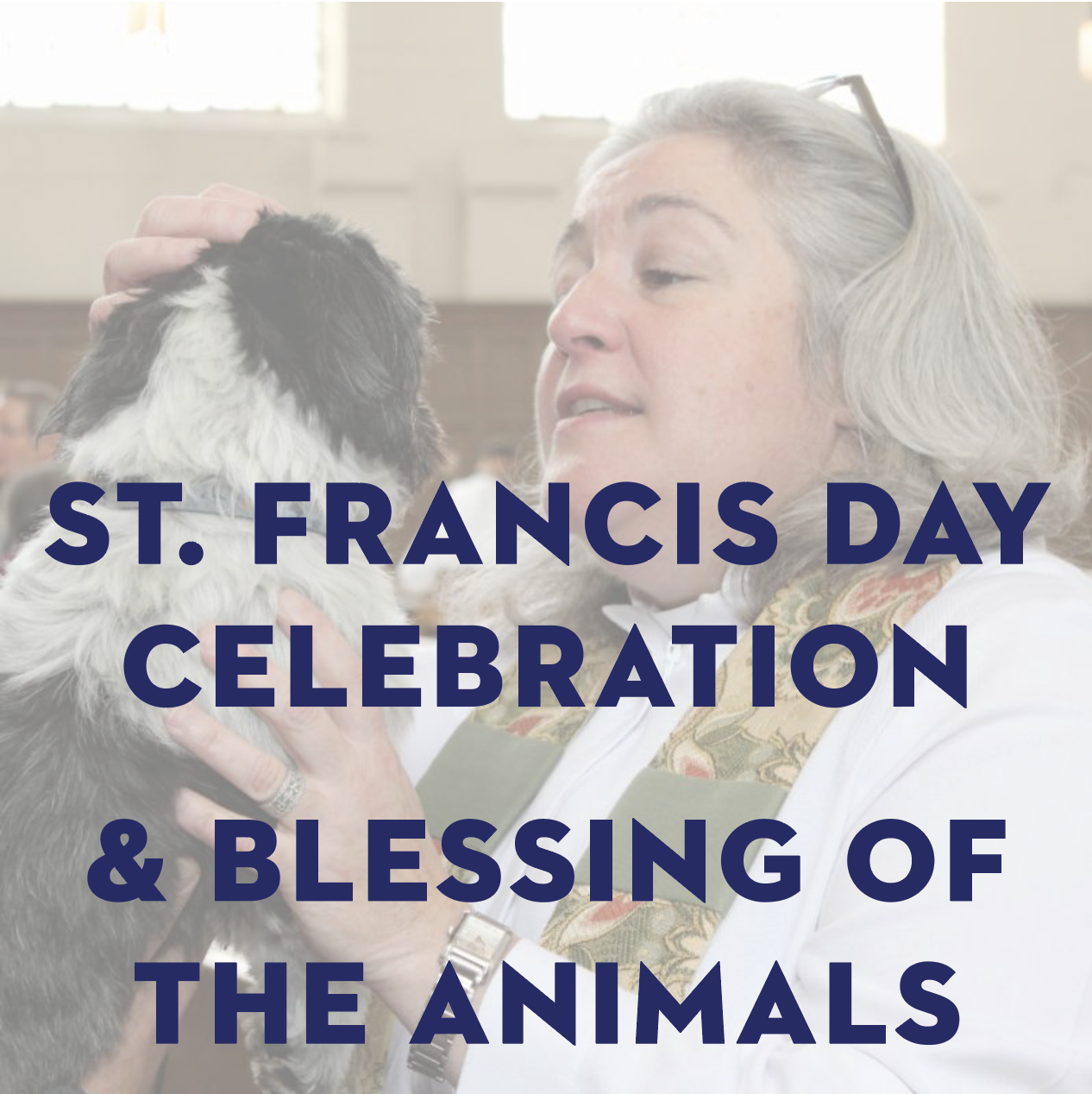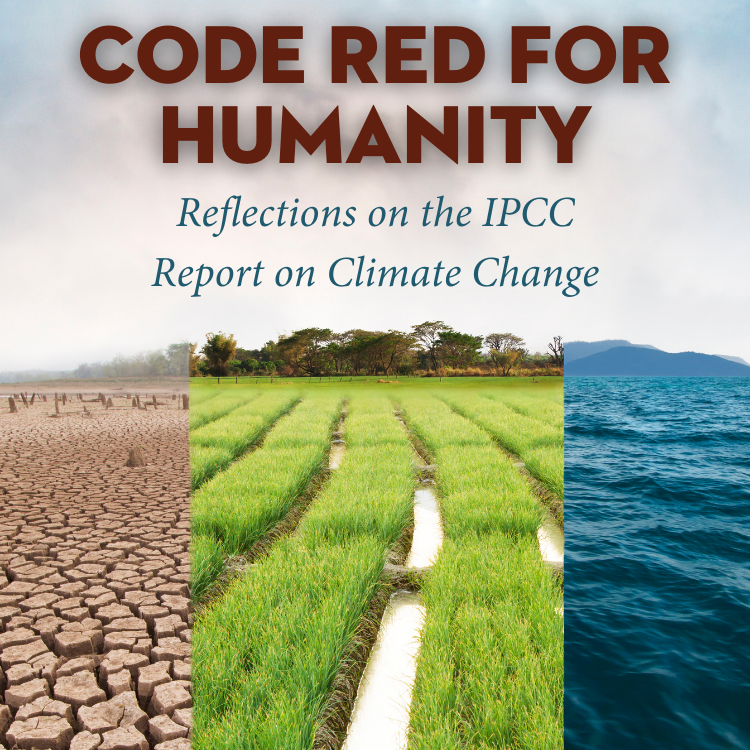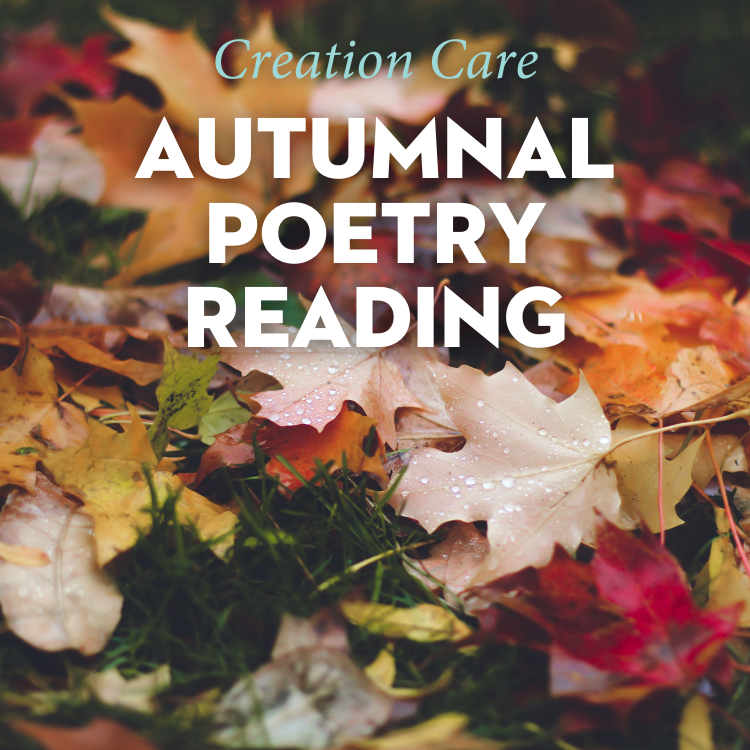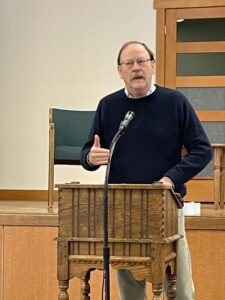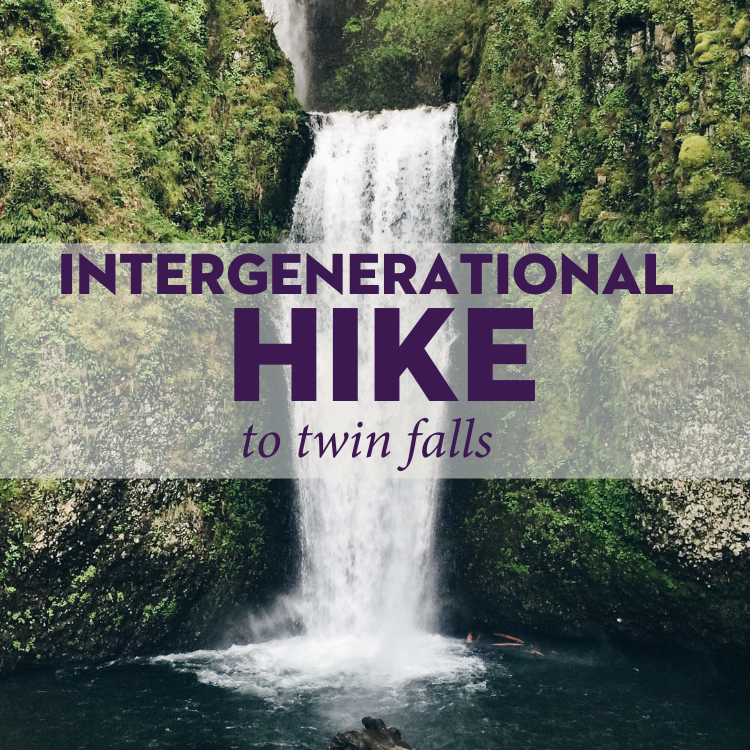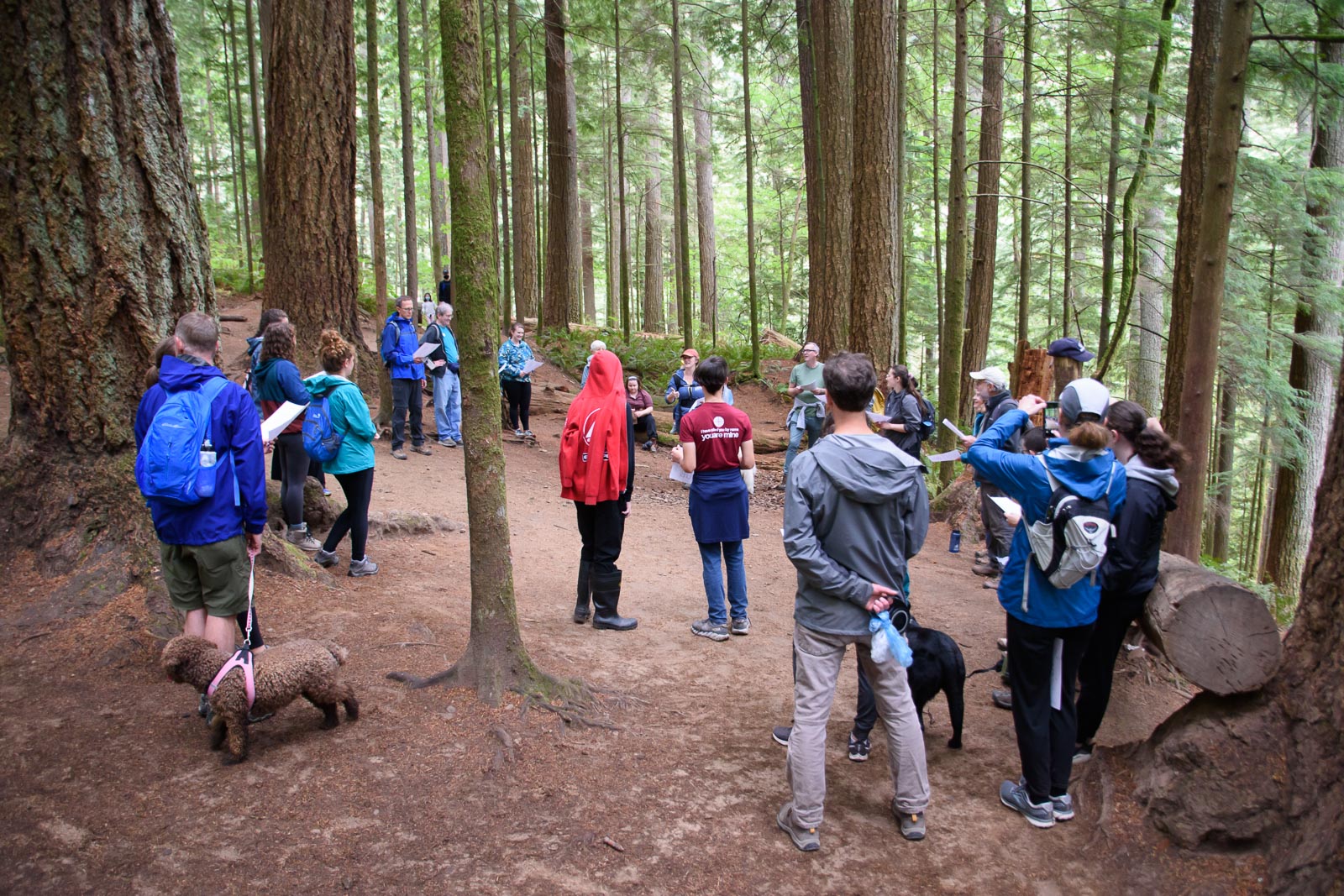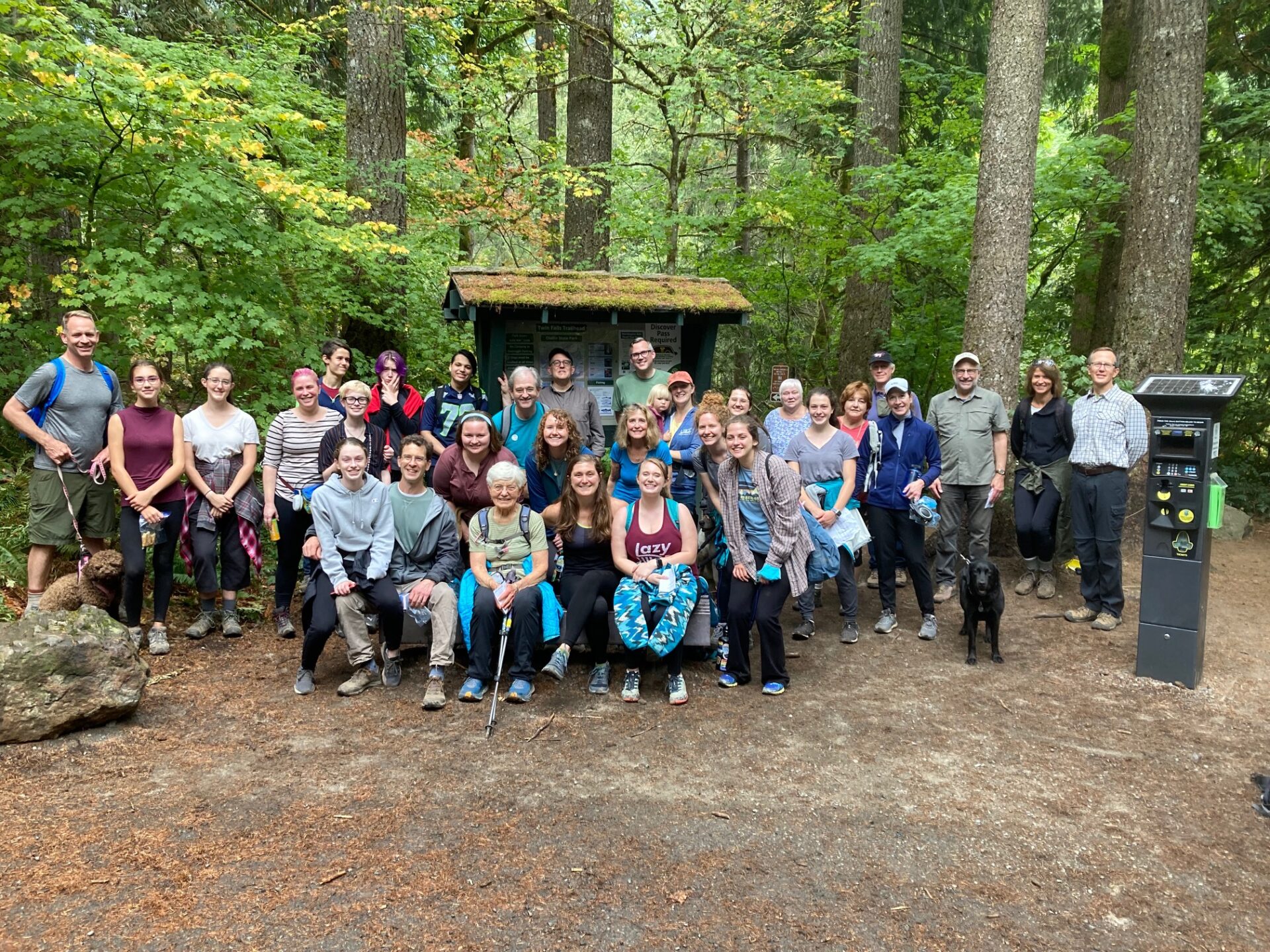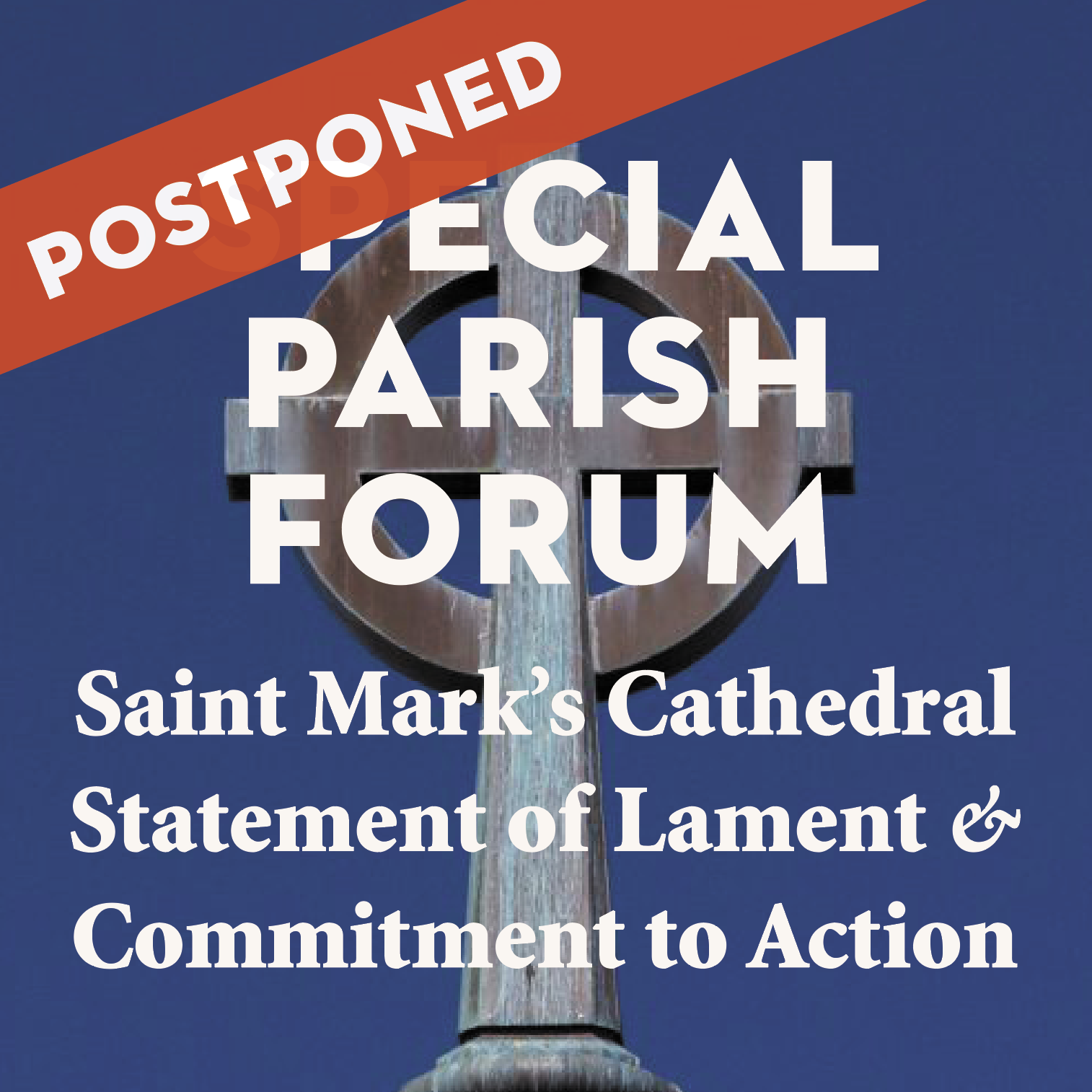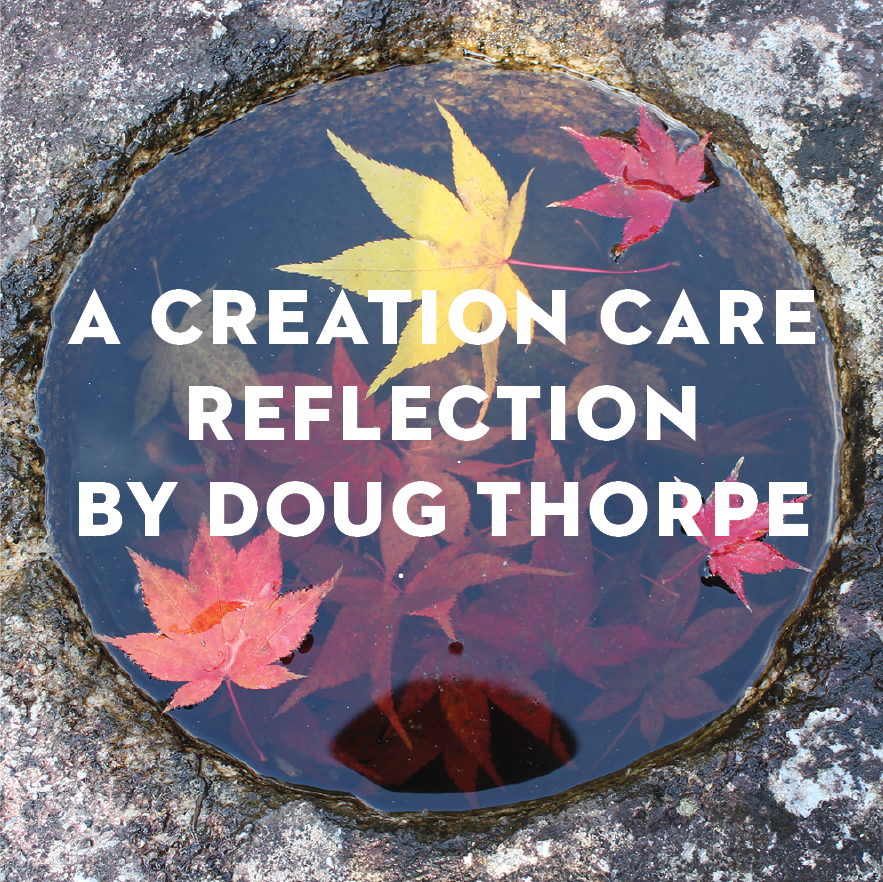
November 13, 2022
Autumn returns with the rain and cold. This time it seemed to happen overnight. I talk with my daughter over WhatsApp and—along with the beloved and very mobile grandson Walter—she shows me the blue skies, the red and golden leaves of Buffalo New York. The flames of autumn give way to grays and ash.
I’m pretty sure that I’m not the only one around here who welcomed the rain with a sense of relief—more so this year because of the oddly high temperatures we had into October. Now we relax a little, bid farewell to the fruits of summer and early autumn, and settle in with the wind and rain. It’s a time of endings, marked in particular by the Triduum of All Hallows, All Saints and All Souls, a time in the calendar to honor and remember those who have passed, the saints of our own lives and of the church.
Fittingly, Advent is just around the corner. The Oxford English Dictionary tells us that the word comes from the Latin, meaning to come to or towards, and more specifically “the arrival of a notable person or thing.” Out of the darkness, Advent affirms, comes new light—most generally in the form of the solstice, with days growing longer. For us. of course. that new light comes more specifically in the form of a child.
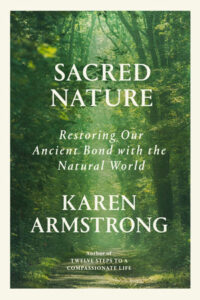 This fall I’ve been reading Karen Armstrong’s most recent book, Sacred Nature: How We Can Recover Our Bond with the Natural World. In the title chapter, she tells us the story of a group of seventeenth century Jesuit missionaries trying to explain the shape of the cosmos to a group of Chinese intellectuals, using a map of sorts that showed the earth, the planets and the location of God out at the edge of the universe in the form of the Primum Mobile. As Armstrong tells it, the Chinese were bewildered. Why should the deity whom the Jesuits called the “Lord of Creation” be content to be confined to a tiny sector of the universe that he had supposedly created? The Confucian scholar Fang Yishi (1611–71) concluded that the West was “detailed in material investigation,” and deficient in comprehending seminal forces (qi). By qi, Fang was referring to the essence of Being—a force that the Chinese regarded as “unknowable,” the “recondite,” and the “uniting layers of mysteries.”
This fall I’ve been reading Karen Armstrong’s most recent book, Sacred Nature: How We Can Recover Our Bond with the Natural World. In the title chapter, she tells us the story of a group of seventeenth century Jesuit missionaries trying to explain the shape of the cosmos to a group of Chinese intellectuals, using a map of sorts that showed the earth, the planets and the location of God out at the edge of the universe in the form of the Primum Mobile. As Armstrong tells it, the Chinese were bewildered. Why should the deity whom the Jesuits called the “Lord of Creation” be content to be confined to a tiny sector of the universe that he had supposedly created? The Confucian scholar Fang Yishi (1611–71) concluded that the West was “detailed in material investigation,” and deficient in comprehending seminal forces (qi). By qi, Fang was referring to the essence of Being—a force that the Chinese regarded as “unknowable,” the “recondite,” and the “uniting layers of mysteries.”
As Armstrong concludes, “when faced with the ultimate reality, [Fang] believed, humans must fall silent because it lies beyond the reach of verbal concepts.”
There is much about these ideas that I find compelling—this sense of a “basic ‘stuff’ or essence of the universe ... neither wholly spiritual nor wholly material,” as Armstrong describes qi. “It is ineffable; it is something that we cannot define or describe. It is not a god or a being of any kind; it is the energy that pervades all life, harmoniously linking the plant, animal, human and divine worlds and enabling them to fulfill their potential.” This is similar, she continues, to the Hindu concept of Rta, “best understood as ‘active, creative truth’ or ‘the way things truly are.’ Like qi and Dao, Rta was not a god but a sacred, impersonal, animating force. . . [which] could be experienced as the sublime whole, which flowed from itself expansively, bringing about the cosmos, humans, and the god themselves.”
We seem close, in a way, to the idea of the Holy Spirit, which similarly “flowed from itself expansively” and which mysteriously and invisibly moves through all things. On the other hand, we are far from the world of the prophet Jeremiah, from whom we’ve been hearing this fall, who claimed to speak as the voice of a very personal God who called his people back to a path of justice. We are also a long way from a child born in a cold barn in a small village in an insignificant country which was little more than a crossroads and was under the control of the military power of Rome. And yet that child is why we are here together as the community of Saint Mark’s, and within that community why we form the Creation Care Ministry. Seemingly impossibly and yet truly, we believe that this energy—this holy spirit—is fully manifested in the person of Jesus, who in turn inspires us in our justice work. Literally, he fills us with that same spirit. Like disciples going back in an unbroken chain two thousand years, we believe that we’ve been touched by that same energy, which we also experience directly and powerfully in creation: in the mountains, in a forest, by the ocean.
Yes, it’s autumn. We are moving steadily towards winter and into shorter, darker days. Yet the new year approaches in that same form of a child in whom we see all the hope of the world. And that same child awakens in us the knowledge that we too are that light—and that hope. May it continue to sustain us.
Where are the songs of Spring? Ay, where are they?
Think not of them, thou hast thy music too,—
While barred clouds bloom the soft-dying day,
And touch the stubble-plains with rosy hue,
Then in a wailful choir the small gnats mourn
Among the river shallows, borne aloft
Or sinking as the light wind lives or dies;
And full-grown lambs loud bleat from hilly bourne;
Hedge-crickets sing; and now with treble soft
The red-breast whistles from a garden-croft;
And gathering swallows twitter in the skies.
—John Keats, To Autumn, September 19, 1819
Longtime Saint Mark's parishioner and former vestry member Doug Thorpe is Professor Emeritus of English at Seattle Pacific University.
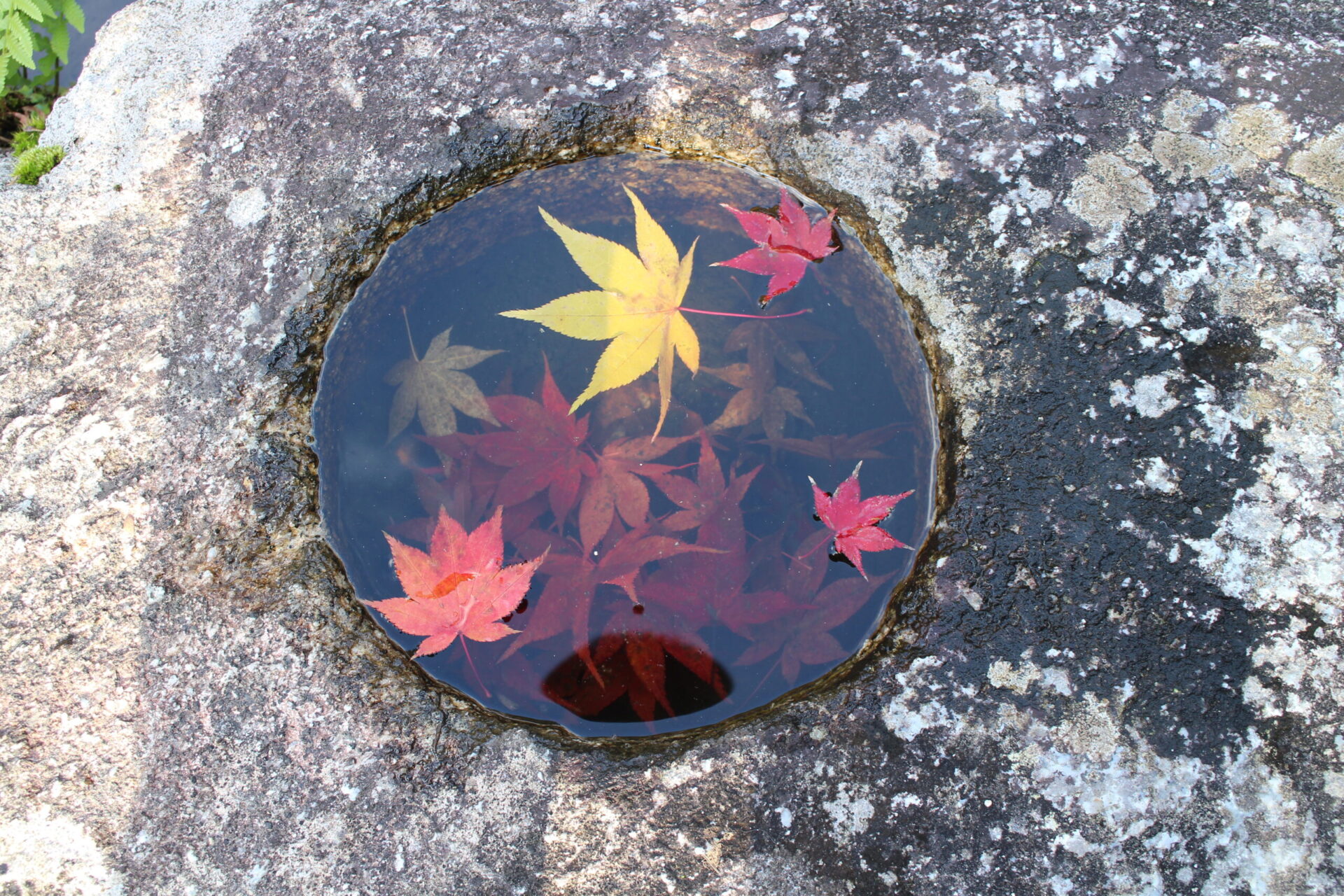
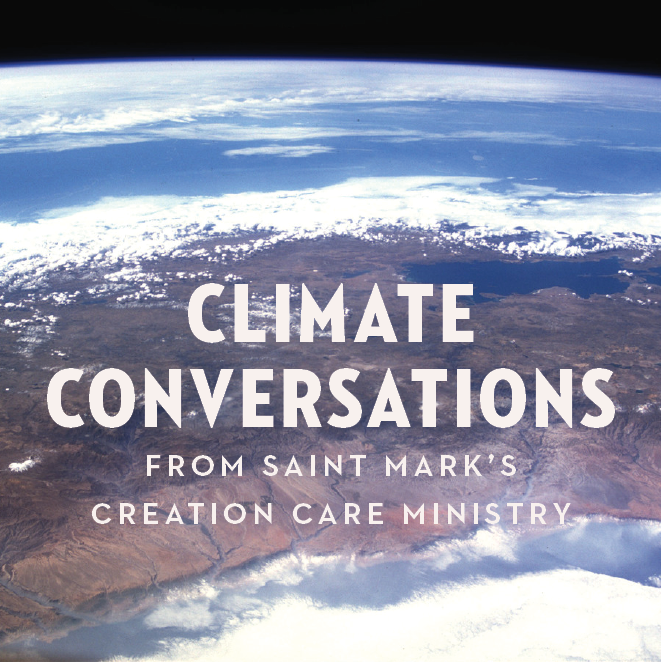
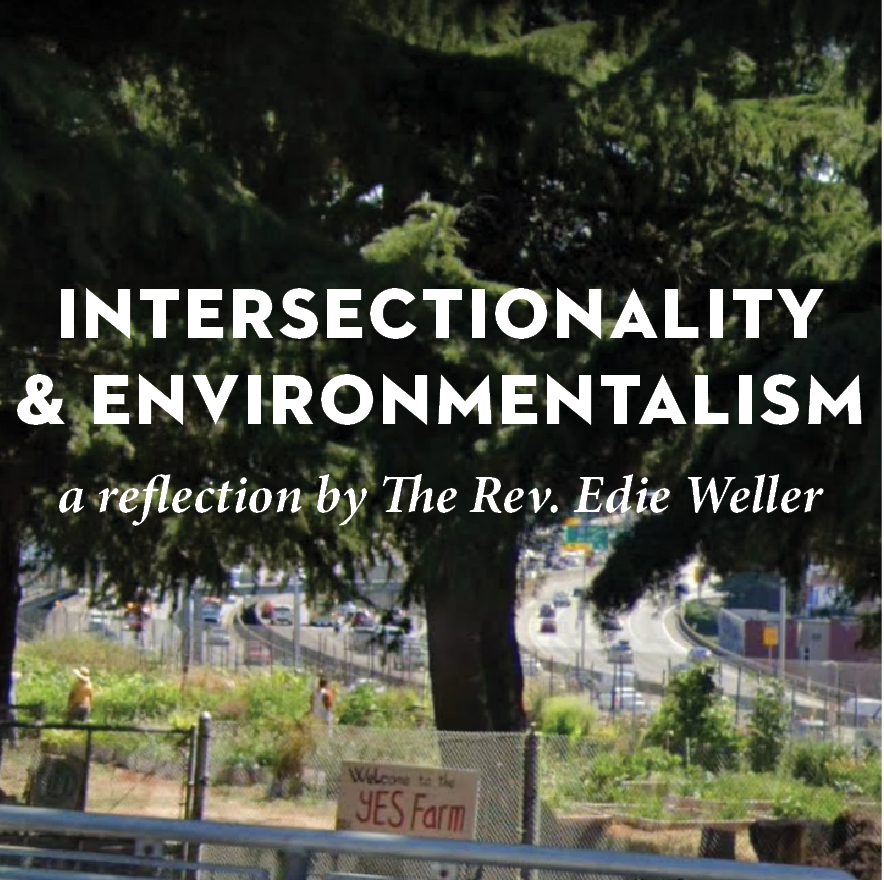
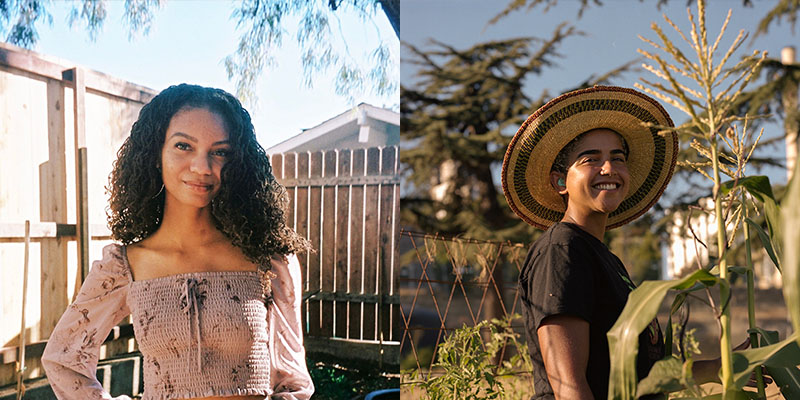
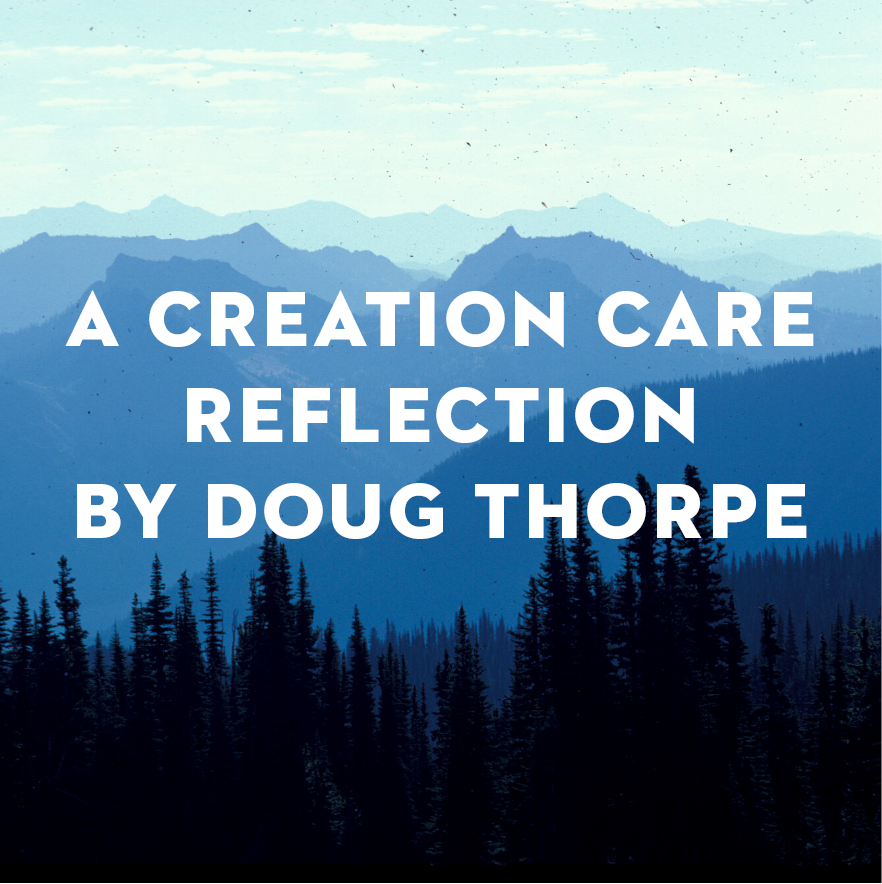
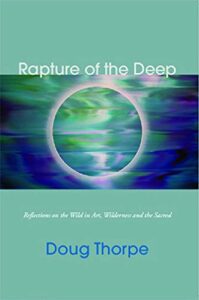 This awareness of mine may well mark a difference from when I first wrote about these mountains in a book called
This awareness of mine may well mark a difference from when I first wrote about these mountains in a book called 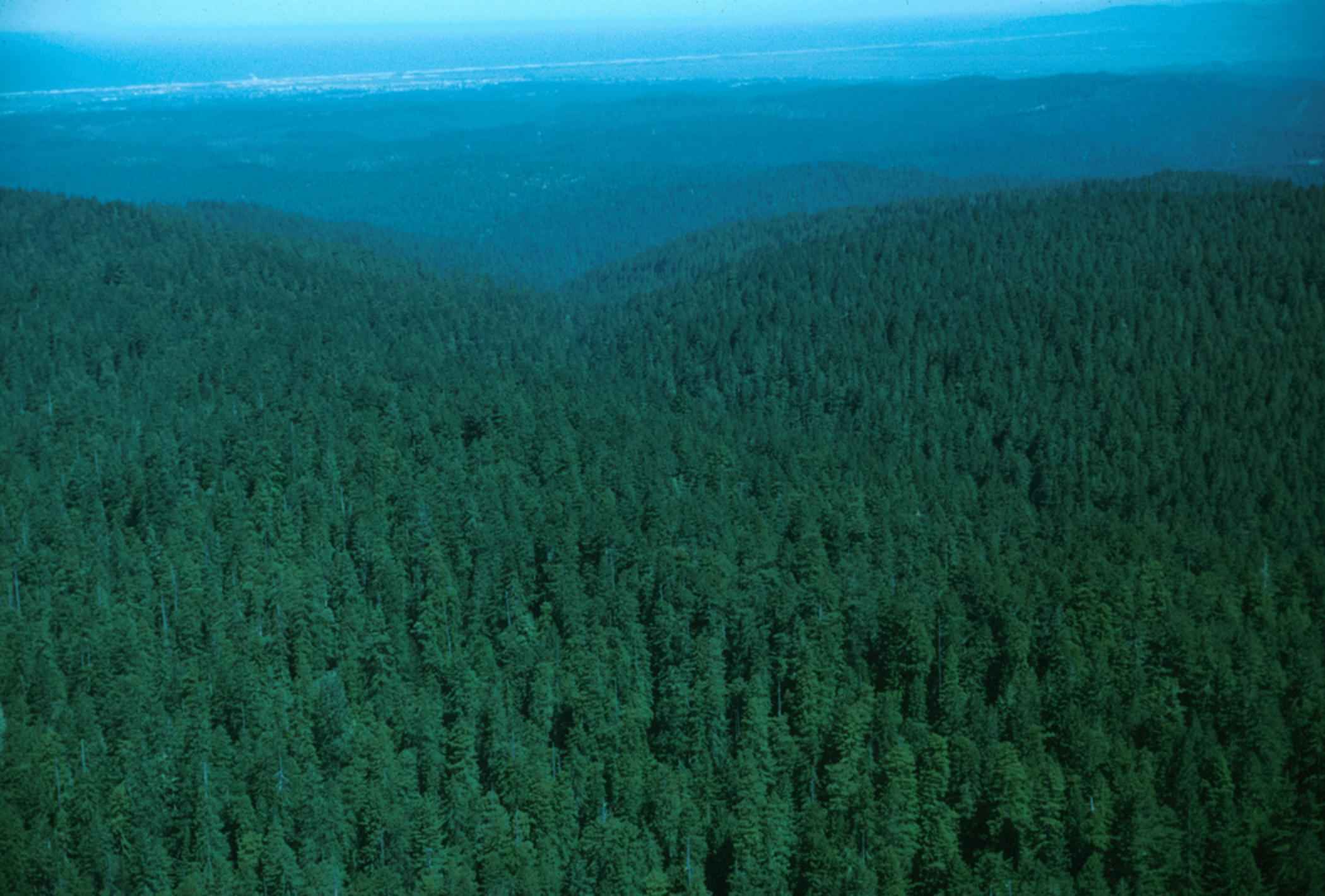
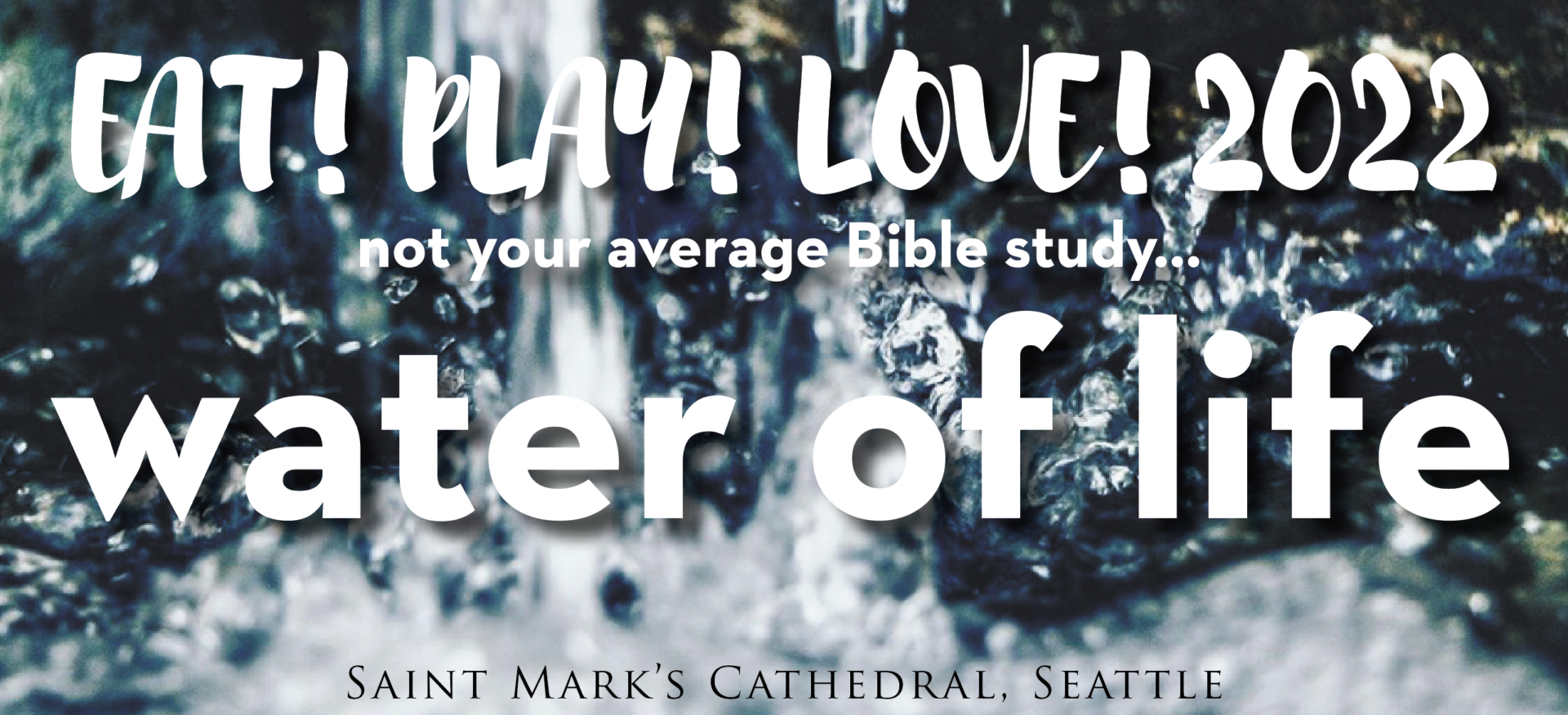
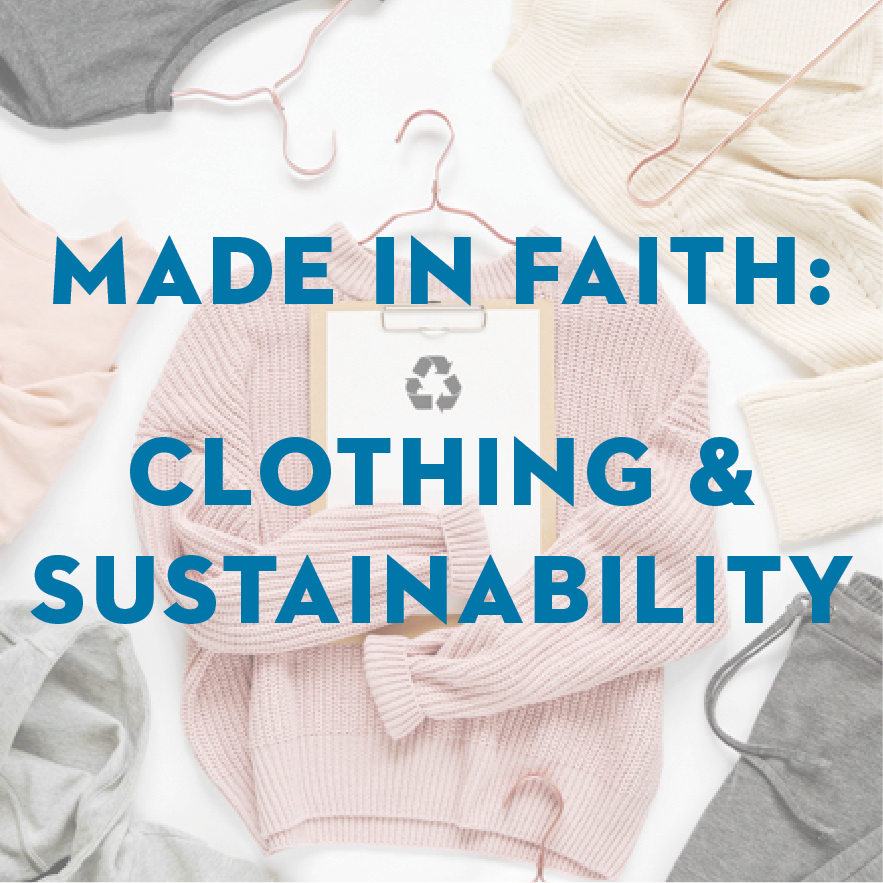

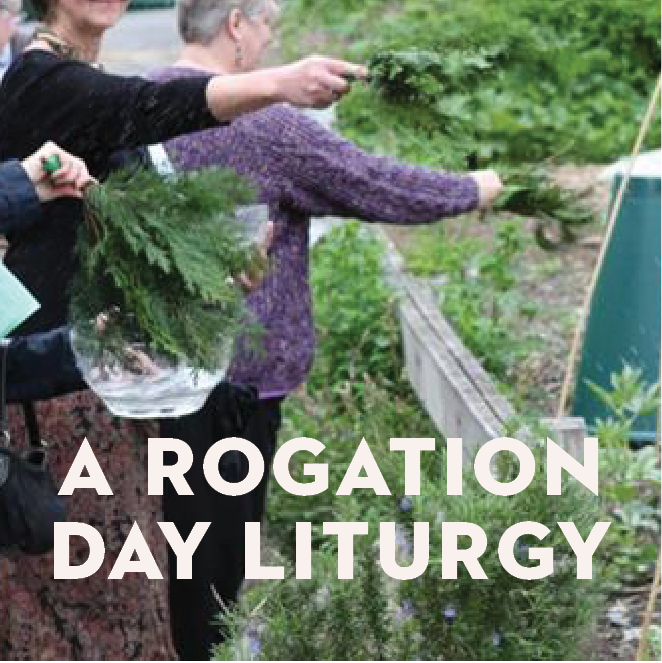
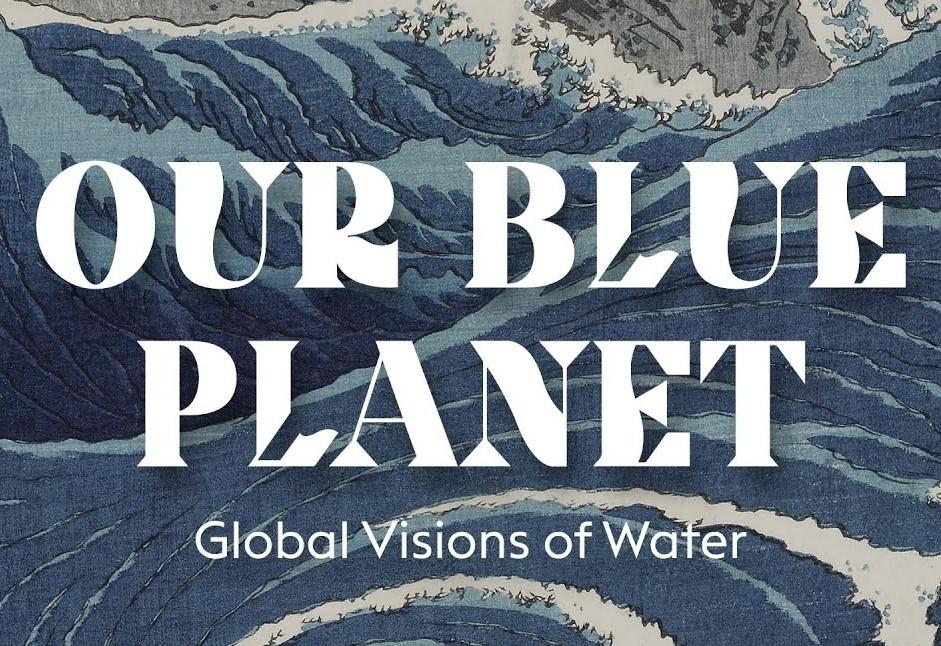
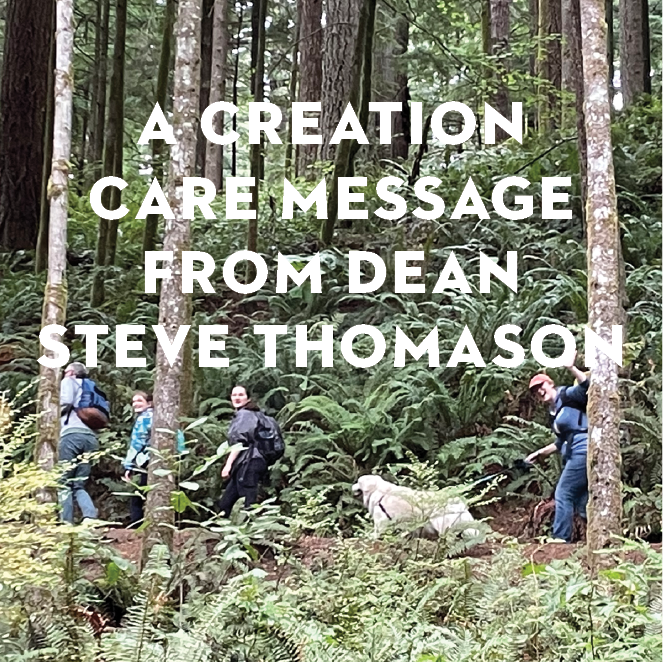
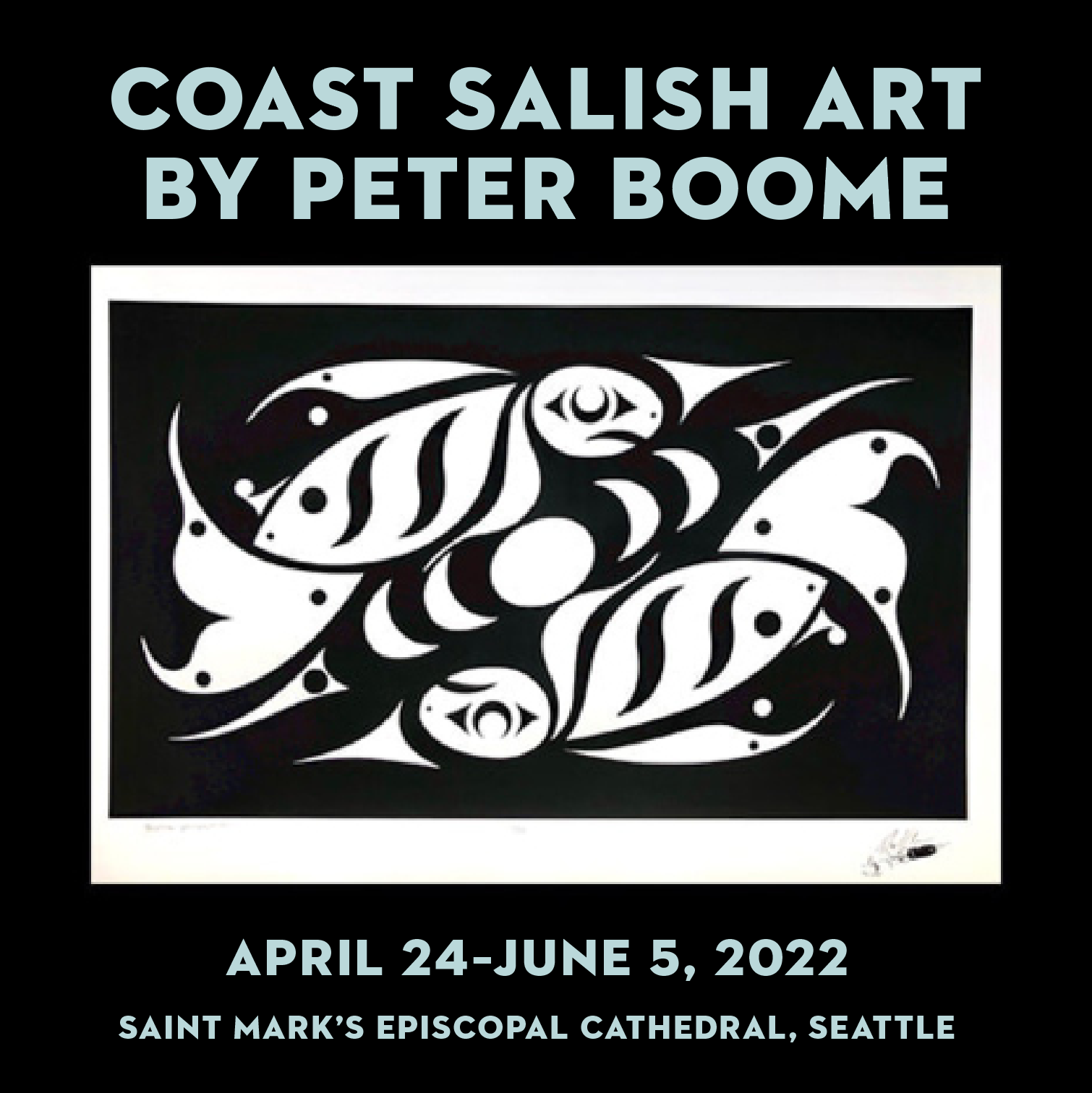


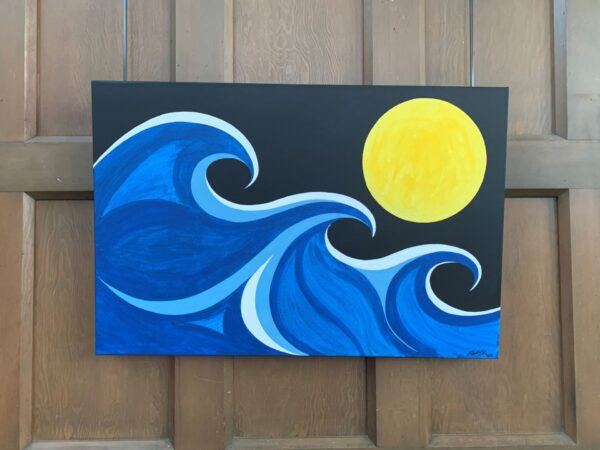
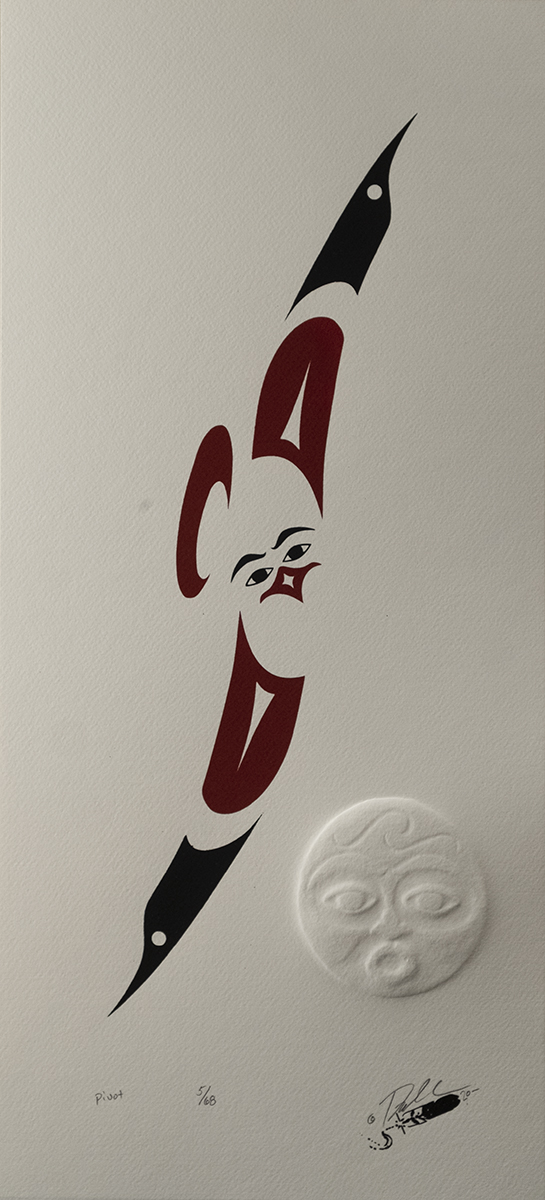
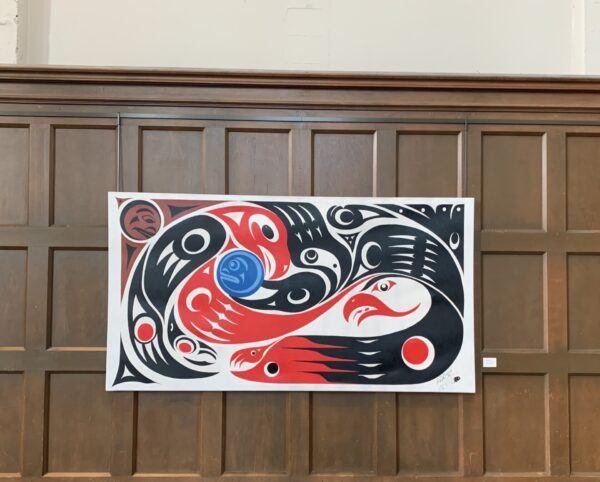

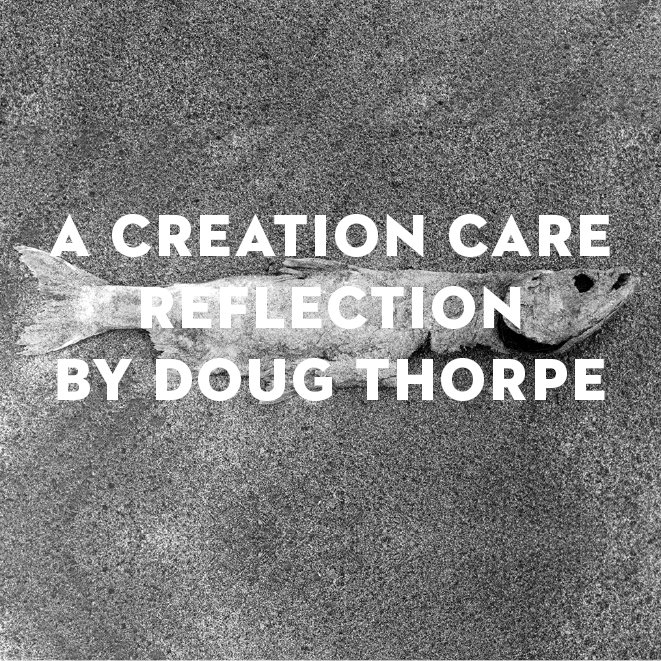
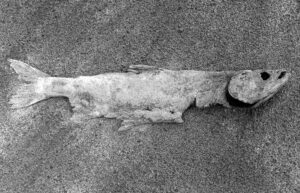
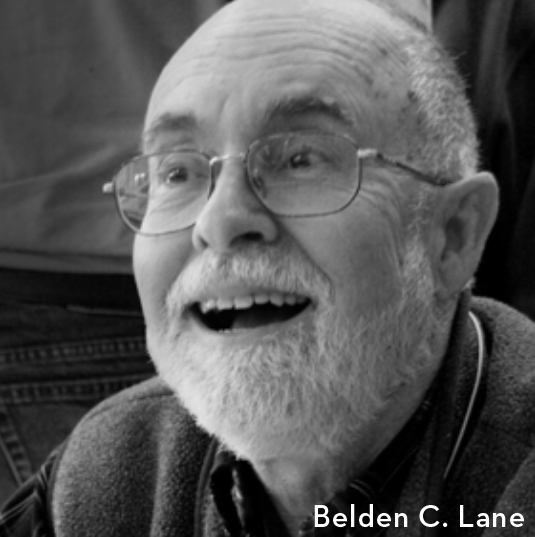
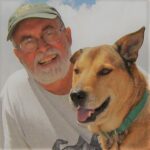
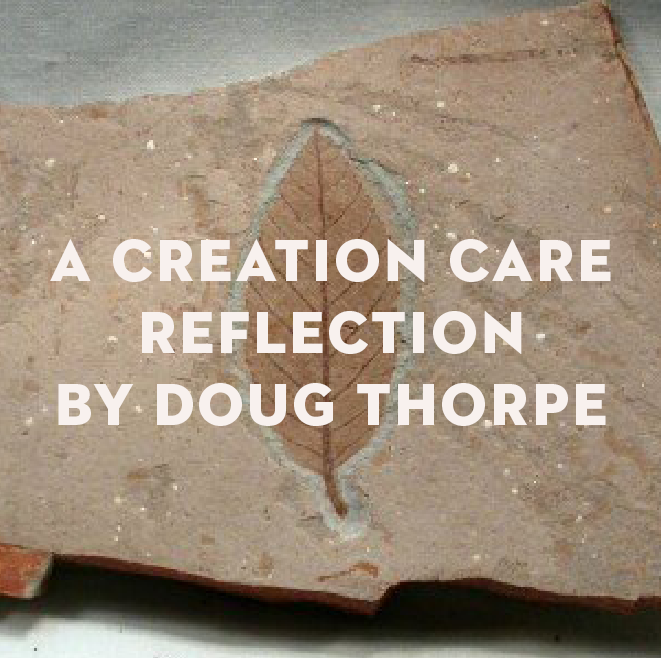
 Lent. The word derives from the Old English lencten meaning spring season, perhaps derived from a related root meaning long, connected to the lengthening of days. Or, perhaps, to just how long it can take for spring to arrive in the north. Think of the melting of icicles off gutters, which I remember best from my childhood on the edge of Chicago when I used to delight in eating them like popsicles. Lent is no longer winter exactly, but in northern climates it’s also not that burst of energy that we associate with Spring, even though the spring equinox often occurs during Lent. Still, it’s during this liturgical season that somewhere below the surface of the earth things are beginning to quicken. Life returning—time itself is in motion again.
Lent. The word derives from the Old English lencten meaning spring season, perhaps derived from a related root meaning long, connected to the lengthening of days. Or, perhaps, to just how long it can take for spring to arrive in the north. Think of the melting of icicles off gutters, which I remember best from my childhood on the edge of Chicago when I used to delight in eating them like popsicles. Lent is no longer winter exactly, but in northern climates it’s also not that burst of energy that we associate with Spring, even though the spring equinox often occurs during Lent. Still, it’s during this liturgical season that somewhere below the surface of the earth things are beginning to quicken. Life returning—time itself is in motion again.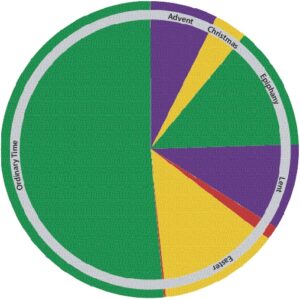 There is no better expression of this, in my opinion, than the experience of celebrating Eucharist even as we are observing Lent—and yes, right up through Good Friday. So there we are, caught in this linear sequence that leads us inevitably to the cross and death, and yet in the very midst of that we are celebrating again this meal with Jesus, who is very much with us—not simply as a memory, but somehow here, now, even as He is with Mary Magdalene at the tomb and with those disciples on the road to Emmaus.
There is no better expression of this, in my opinion, than the experience of celebrating Eucharist even as we are observing Lent—and yes, right up through Good Friday. So there we are, caught in this linear sequence that leads us inevitably to the cross and death, and yet in the very midst of that we are celebrating again this meal with Jesus, who is very much with us—not simply as a memory, but somehow here, now, even as He is with Mary Magdalene at the tomb and with those disciples on the road to Emmaus.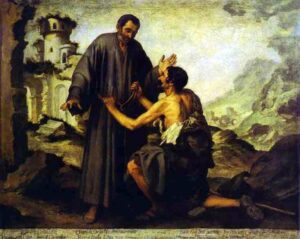 Consider the story that Belden Lane (the
Consider the story that Belden Lane (the 